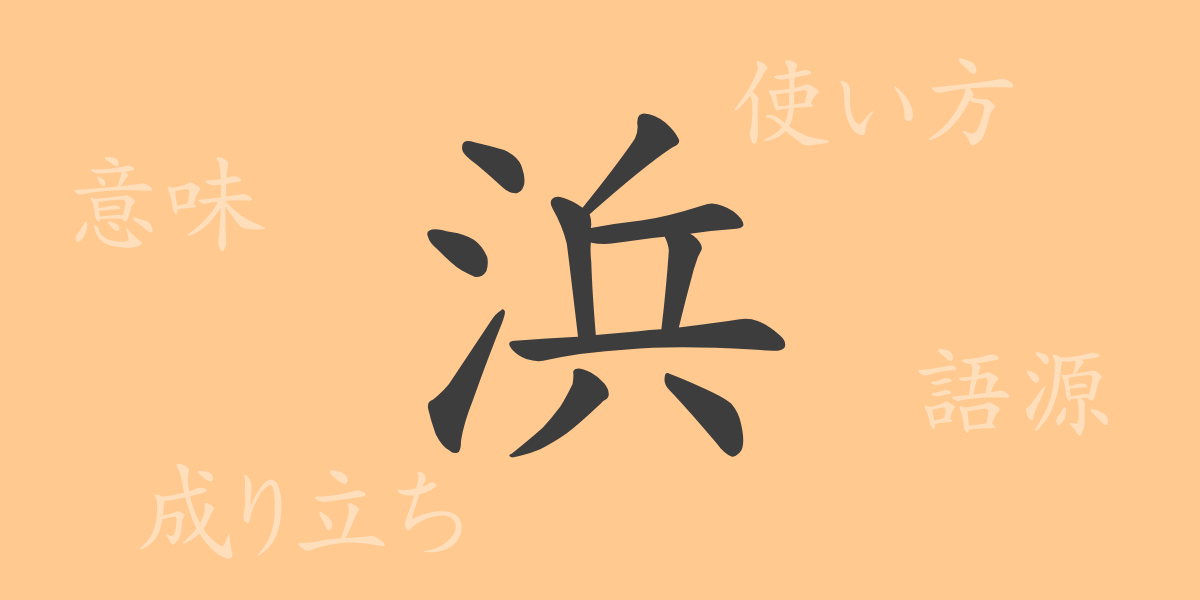“`html
The scent of the sea wafts through the air, and a carpet of sand stretches out before you—this is the “浜” (hama). An indispensable part of the Japanese landscape, this place is deeply rooted in our lives and culture. But how well do we understand the history and meaning embedded in this single character? In this article, we will delve into the origins of the 常用漢字 (jōyō kanji) “浜” (hama), exploring its meaning, usage, pronunciation, and the idioms and phrases that incorporate “浜” (hama).
The Origins (語源) of 浜 (hama)
The character “浜” (hama) is a kanji representing a type of waterside terrain, used since ancient times in China. It is composed of “水” (water) and “八” (eight), symbolizing “water spreading in all directions.” In Japan, it has long been used to refer to sandy or gravelly areas along the sea or rivers.
The Meaning and Usage of 浜 (hama)
The character “浜” (hama) primarily refers to “sandy or gravelly areas along the sea or rivers.” It can also denote seaside towns or ports and is frequently found in place names. Besides describing geographical features, it is sometimes used metaphorically.
Pronunciation, Stroke Count, and Radical of 浜 (hama)
Details about the 常用漢字 (jōyō kanji) “浜” (hama) are as follows:
- Pronunciation: On’yomi is “ヒン” (hin), and Kun’yomi is “はま” (hama)
- Stroke Count: 9 strokes
- Radical: 水部 (みず, さんずい) (mizu, sanzui)
Idioms, Phrases, and Proverbs Using 浜 (hama)
Here are some idioms, phrases, and proverbs that include “浜” (hama):
- 浜辺 (はまべ, hamabe): Refers to sandy or gravelly areas along the coastline.
- 浜田 (はまだ, hamada): Refers to fields or rice paddies near the sea.
- 浜風 (はまかぜ, hamakaze): Refers to wind blowing from the sea.
- 浜路 (はまじ, hamaji): Refers to roads along the coastline.
- 浜蚕 (はまご, hamago): Refers to a type of silkworm that lives on sandy beaches.
These words reflect the close relationship between the Japanese people and the sea.
Summary of 浜 (hama)
The single character “浜” (hama) not only evokes a concrete image of areas along the sea or rivers but also connects to various aspects of life and culture that arise from such places. As a symbol of Japan’s natural scenery and climate, “浜” (hama) is deeply intertwined with our daily lives, and each use carries a rich story. Next time you see “浜” (hama), why not think about the history and culture behind it?
“`

























